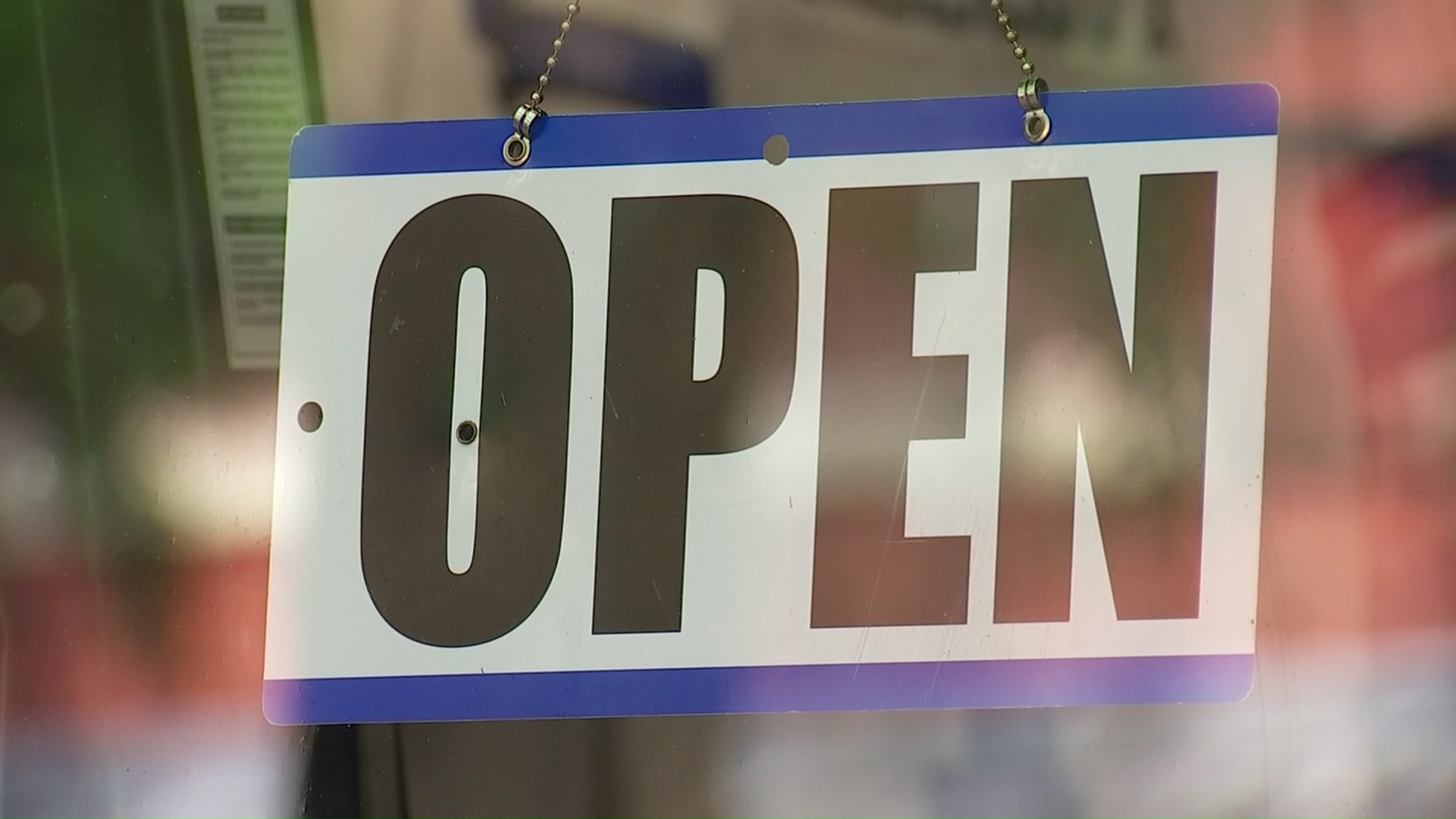As Chicago and Illinois health officials discuss the possibility of moving into phase four, Mayor Lori Lightfoot said she believes the city will be able to "safely" allow indoor dining at area bars and eateries.
Currently, restaurants and bars can only offer outdoor dining, which comes with space limitations and leaves capacity dependent on weather.
"We can do it and we must do it safely," Lightfoot said during a press conference centered on reopening the lakefront and city trails Thursday.
Lightfoot acknowledged concerns in other states seeing a rise in cases since reopening.
Recently, a Florida health care worker and 15 of her friends tested positive for COVID-19 after gathering for a birthday celebration at a newly-reopened pub in Jacksonville.
"I'm very alarmed at what we're seeing from states like Texas and Georgia and Alabama and others, but I think that we can do this in a way that we do it safely," Lightfoot said.
Though she has been pushing for the state to allow indoor dining with capacity limitations in this current phase, the state's plan doesn't allow such reopenings until phase four.
The state is set to move into phase four of its reopening plan as early as June 26. As of Thursday, all four health regions were meeting the metrics to move to that stage as scheduled, Pritzker said.
But Chicago is on its own plan - and Lightfoot declined to say if the city will be able to move to phase four on its July 1 date.
"I can't predict a particular date," she said. "You have to be guided by the data. Period."
Last week, the commissioner of the Chicago Department of Public Health, Dr. Allison Arwady, announced adjustments in the metrics needed to consider moving to phase four.
Among those metrics are:
- a percent positivity rate of less than 7%
- adequate hospital capacity
- at least 4,500 tests per day, maintained, or increase to 6,500 tests per day
- contact tracing investigations of 90% of cases within 24 hours of positive results
- Stable or declining emergency department visits for influenza-like illness or COVID-like illness over 21 days
- Stable or declining rates of cases resulting in hospital admissions and deaths over 28 days
- Declining rate of new cases over 28 days and/or less than 200 new cases per day over 14 days
Currently, the city is on track to meet all of those metrics, except for testing capacity, which saw disruptions due to protest demonstrations and inclement weather.
When asked about the earliest the city could move forward to the next phase of reopening, Arwady said "we could be looking at July 1."
"If things went really well... we could go even before then," she said.
But health officials still worry the city could see a spike, similar to other states in the U.S.
“We’re seeing increases in cases in about 20 others states that reopened, so our concern is real,” Arwady said. “No single measure will determine whether we move forward or backward but we’ll be watching all of them as we make that call.”
Lightfoot echoed that comment Thursday, saying officials are "watching with great concern other states, other jurisdictions that opened up without cautiously doing so." She noted some are seeing "the highest infections at any point in the arc of this virus."
"We will not allow that to be the narrative of Chicago but that really depends on each of you being smart, being careful, wearing masks when you're out in public, making sure that you're adhering to social distancing and continuing to doing the hygiene requirements that make a difference," Lightfoot said.
Despite concerns over a spike following mass protests in the city, Arwady said the number of demonstrators wearing face masks could help limit a resurgence - as long as many also quarantine for 14 days following the events.
"If people are doing that well it's quite possible we could continue to see progress," she said.
If not, however, the city has implemented a system to determine if the reopening should stall or possibly even move backwards. As long as metrics continue to be met, or stay "green," cautious reopening plans can advance. If some metrics are not being met, or become "yellow," the city will "pause and monitor."
But if the city's progress turns "red," plans will stop and some restrictions may be reinstated.
Chicago entered the third phase of its reopening plan amid the coronavirus pandemic on June 3, allowing a number of businesses to resume operations at limited capacity and with certain restrictions in place.
Among the changes that could come once the city reaches phase four is lifting capacity from 25% to 50% for area businesses, the potential for indoor dining, gathering limitations would rise to 50 people or less and museums, zoos, gyms and more could reopen.



